| TALES OF HEATH & POND |
VISITOR'S GUEST BOOK | HISTORY OF THE HEATH & POND | GUESTS' PHOTOGRAPHS | SOURCES OF INFORMATION | VIDEOS | SITE MAP |
Tufted Duck
To see a larger copy of each image click on it; to see the next large image click at the right of the image, to go back click on the left of the image. To close a large image click on the cross in the top right hand corner.
New photographs are usually added to the bottom of the page - click to go to the bottom of this page
2020 |
||
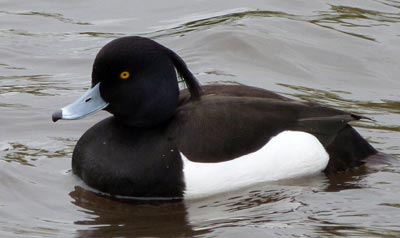 |
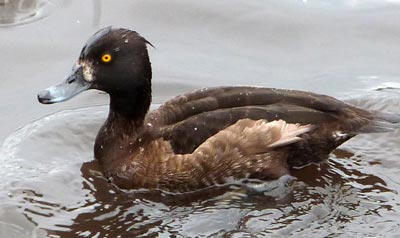 |
|
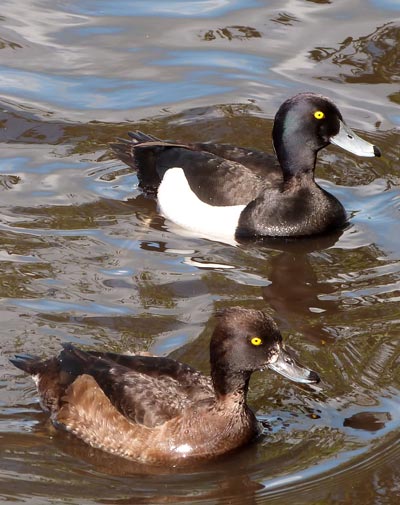 |
 Our most common diving duck, the tufted duck nests on flooded gravel pits, lakes and reservoirs, and gathers in large flocks in the winter, often mixed with Pochard and Coot. Tufted ducks feed on waterweed, plant seeds and aquatic invertebrates.
Our most common diving duck, the tufted duck nests on flooded gravel pits, lakes and reservoirs, and gathers in large flocks in the winter, often mixed with Pochard and Coot. Tufted ducks feed on waterweed, plant seeds and aquatic invertebrates.
The tufted duck is very distinctive: the female is entirely chocolate-brown, while the male is black with white flanks and a long tuft at the back of the head. Tufted ducks nest in pairs or loose groups with nests near water about 10 metres apart. Females build a bowl shaped nest on the ground from grass and feathers and lined with dow and vegetation. Tufted ducks lay 8-10 olive grey eggs which the female incubates alone for 26-28 days. The ducklings fledge about 45 days after hatching. The scientific name of the tufted duck, fuligula, means 'sooty throat'. Like most ducks, the 'drake' (male) has nothing to do with the incubation of the eggs or raising the young. The 'hen' (female) has eight to eleven eggs in a brood; the young becoming independent once their true feathers have fledged. |
|
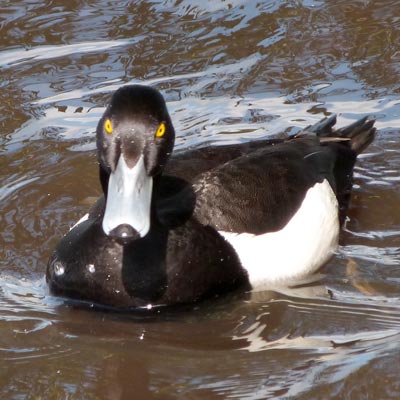 |
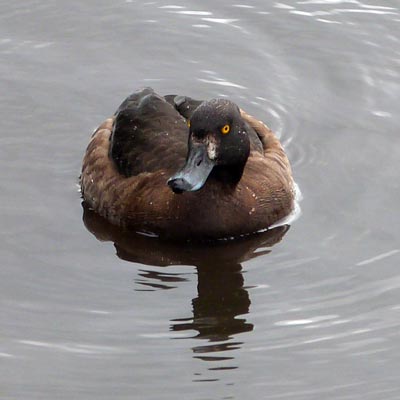 |
|
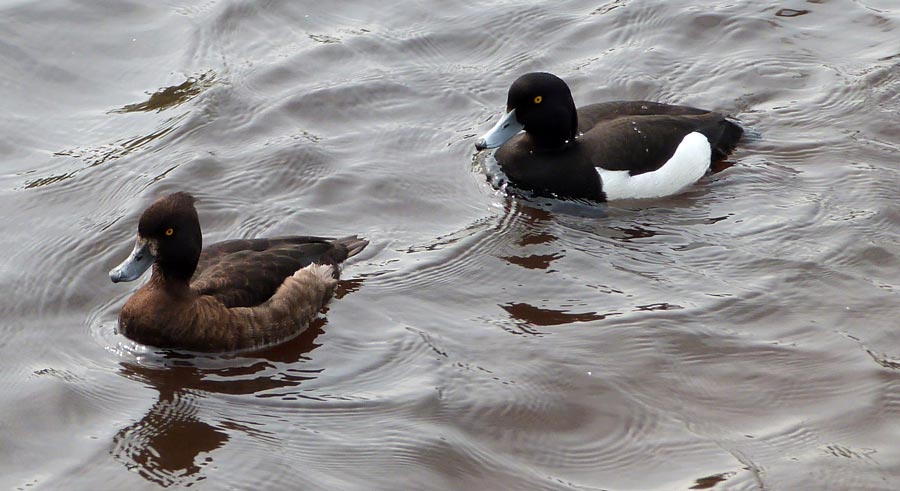 |
||
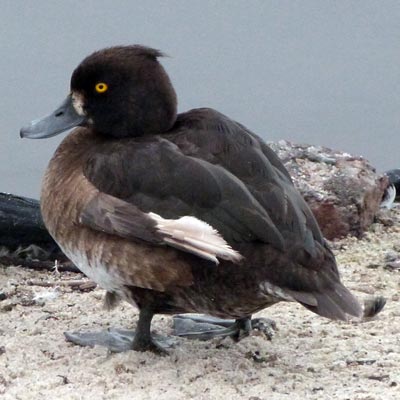 |
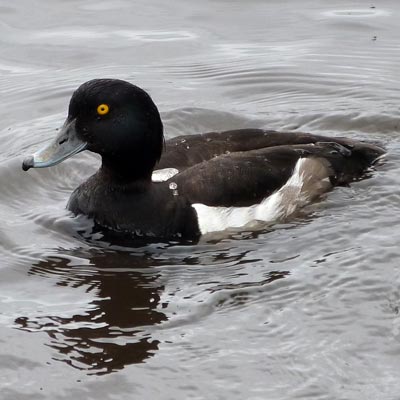 |
|
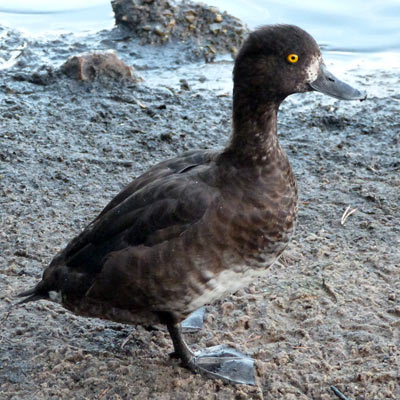 |
||
2021 |
||
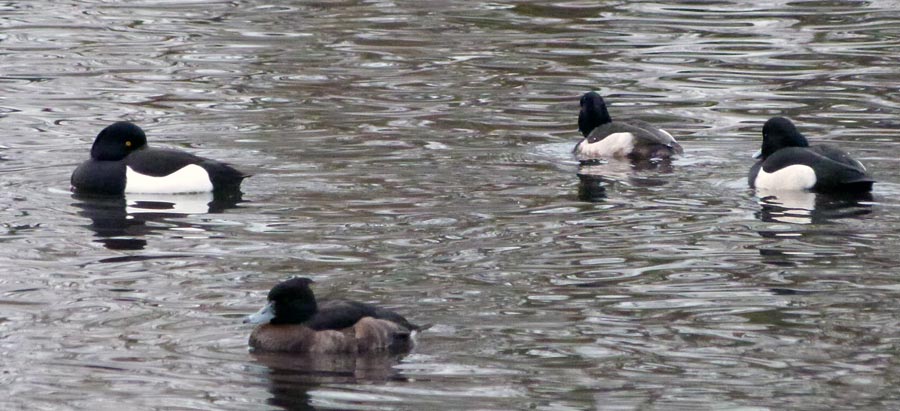 |
||
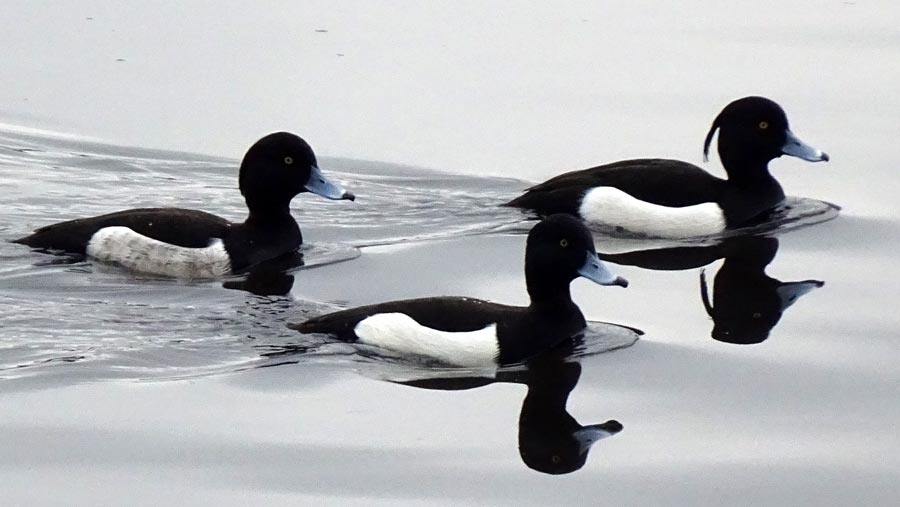 |
||
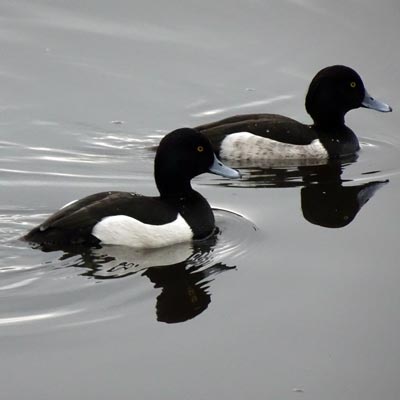 |
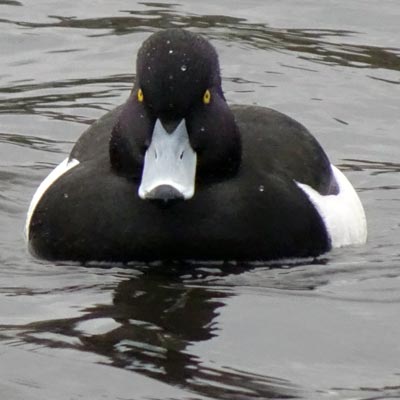 |
|
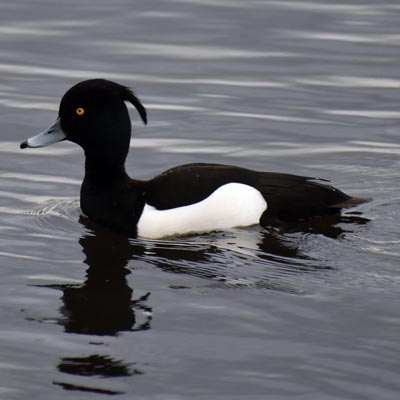 |
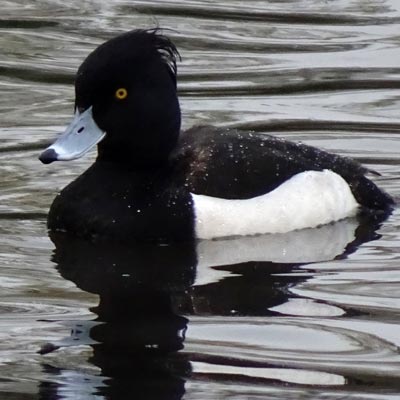 |
|
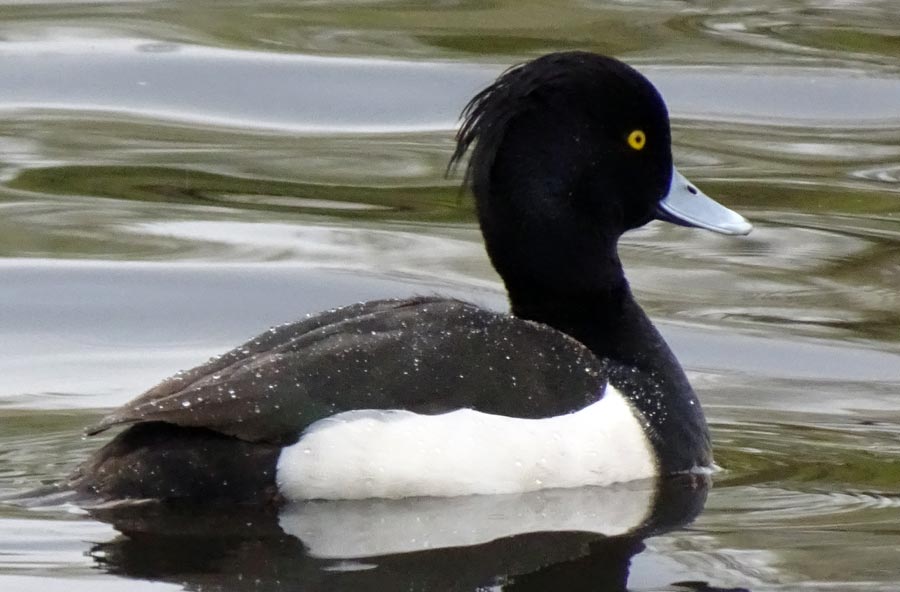 |
||
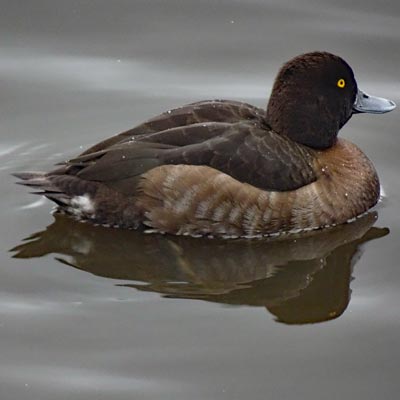 |
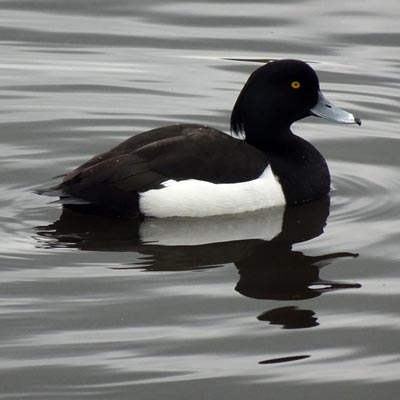 |
|
| Go to the top of this page | ||